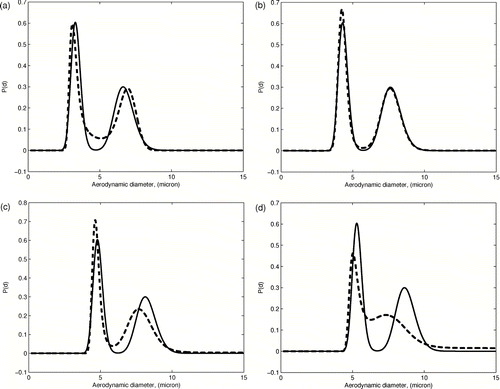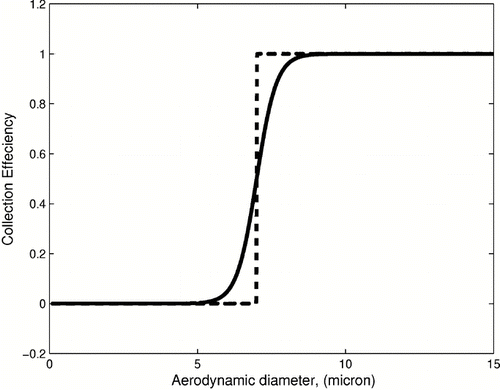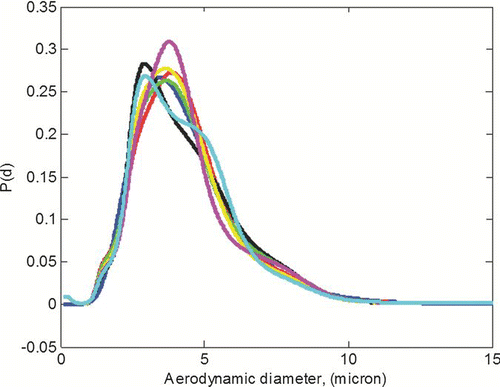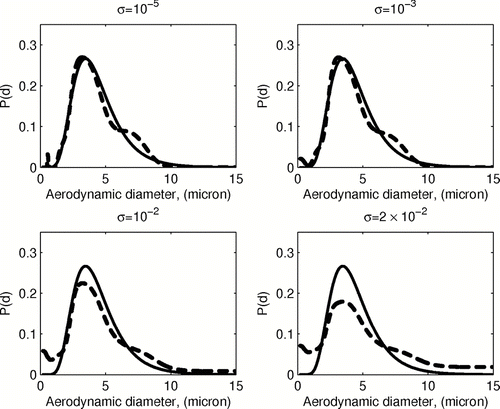Figures & data
FIG. 2 Collection efficiency data (top) and corresponding stage response functions (bottom) for stages 0 to 7 (right to left).
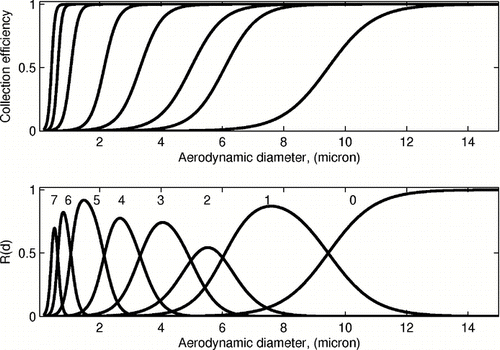
FIG. 3 Log-normal distribution recovered using the ideal efficiency/response data; solid curve: incoming distribution, dashed curve: recovered distribution.
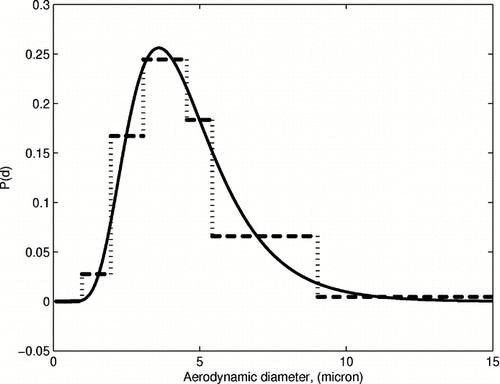
FIG. 4 Maximum entropy inversion of the log-normal (top) and Rosin-Rammler (bottom) distributions; solid curve: incoming distribution, dashed curve: recovered distribution.
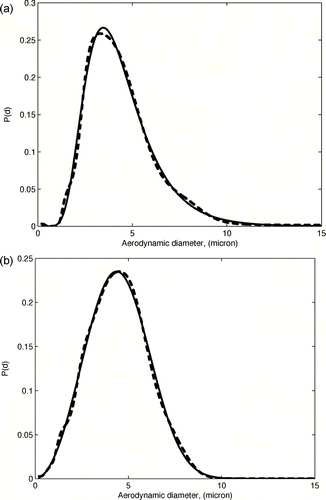
FIG. 5 Maximum entropy inversion of the bimodal superposition of two log-normal (top) and trimodal superposition of two log-normal and one normal distributions (bottom); solid curve: incoming distribution, dashed curve: recovered distribution.
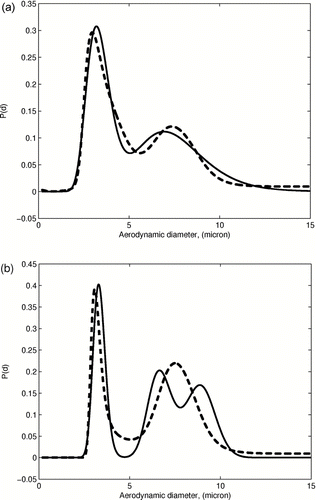
FIG. 6 Demonstration of the effect of spatial nonuniformity of the response functions. As the incoming biomodal (solid line) is shifted to the right the quality of the recovered distribution (dashed line) is at first slightly improved and then it degenerates. This is caused by the shape and spacing variability in the impactors response functions.
